BAS Researcher & Ocean Diagnostics Collaborate to Identify Microplastics at Depth in Antarctic Water
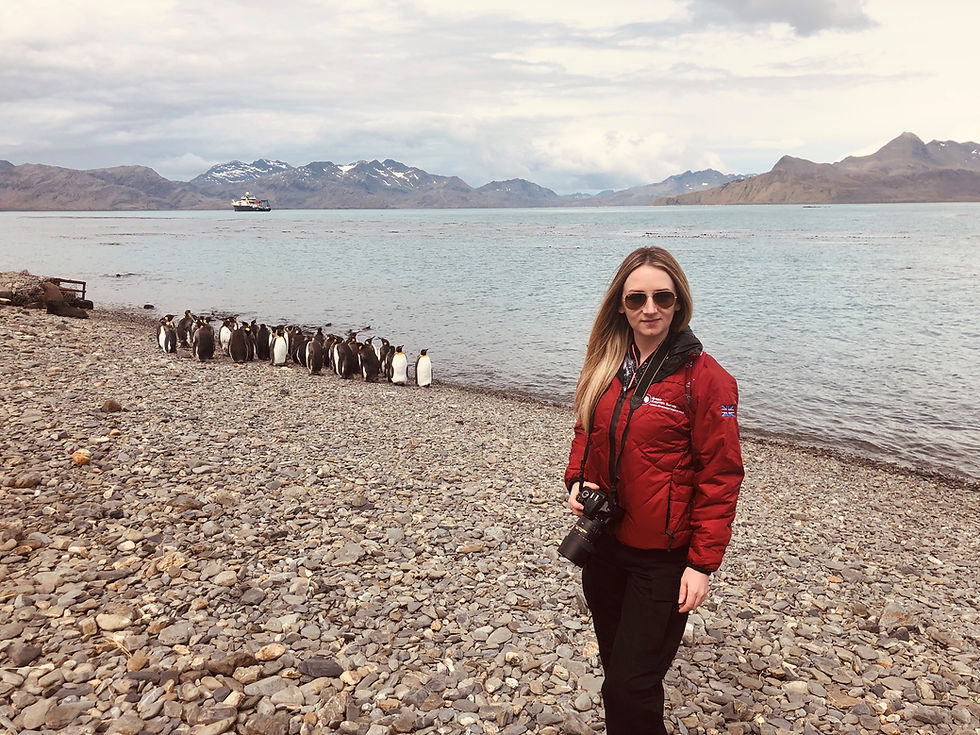
To understand microplastic risks to marine ecosystems, scientists need to know the levels of microplastics available to animals in the environment and at what depths below the ocean plastics could be occurring. In fact, it's likely that most microplastics in the ocean have sunk below the surface to depths that are not commonly sampled by researchers. Dr. Emily Rowlands sought to undercover some of this microplastic mystery in Antarctic waters.
British Antarctic Survey researcher and recent graduate from a PhD partnered with the University of Exeter, Dr. Rowlands, visited Ocean Diagnostics' Victoria office in 2022. From the United Kingdom to Victoria, Canada, the collaboration led to enhancements in Raman polymer identification methods, which will improve the accuracy of identifying the type of plastics in samples from the environment. Proper identification of microplastic polymers is important to determine if aged particles found in the environment are indeed plastic and where they might have originated from. This identification leads to a better understanding of microplastic exposure levels, associated environmental risks and prevention.
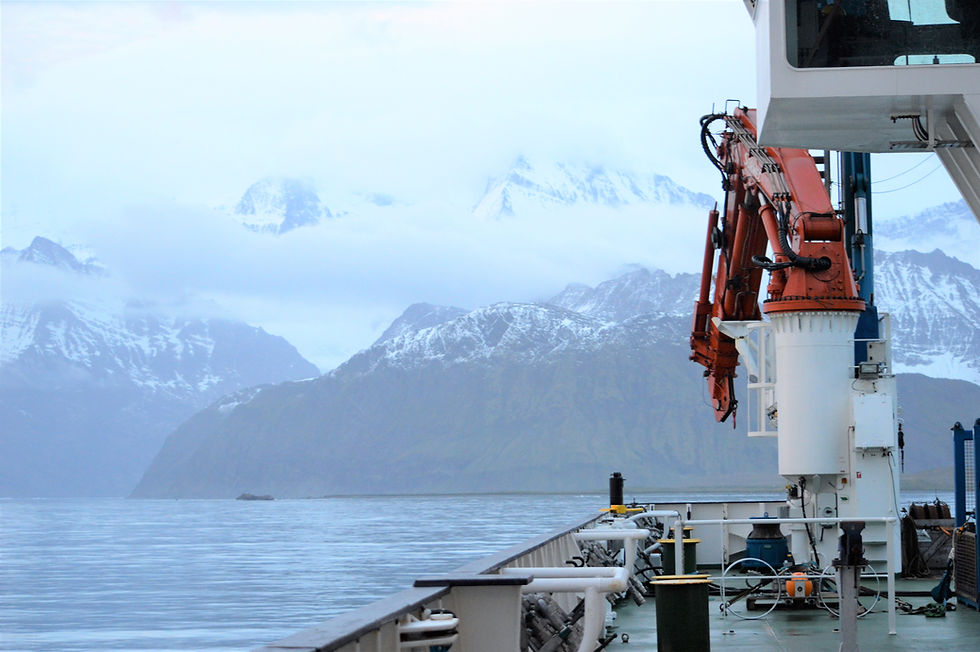
Microplastics at different depths may account for missing plastics in the ocean
The fate of microplastics in the ocean is still largely unknown.
“Globally, there is not a lot of information out there about the vertical distribution of plastics. Researchers estimate that 99% of plastic predicted to enter the ocean is unaccounted for. One reason for this may be that plastics are fluctuating vertically in the water column,” says Dr. Rowlands.
We know plastics are everywhere, including in polar sea ice.
Antarctica is often thought of as a remote, pristine region. It is home to world-renowned ecosystems and famously loved animals, but it is also massively important for regulating global climate and trapping heat and carbon. The strong current that circulates Antarctica merges water from three major ocean basins, which potentially bring with them plastics from around the world.
Measuring a 24-hour flux, rather than microplastic concentrations at one given time, Dr. Rowlands found microplastics are most abundant at the 50 m and 100 m depths. This depth range is an important feeding zone for Antarctic krill.
“This vertical flux of microplastics may account for some of the missing plastics in our oceans. This area is also a key feeding zone for Antarctic krill which may mistake microplastics for natural and nutritious food,” Dr. Rowlands explains.
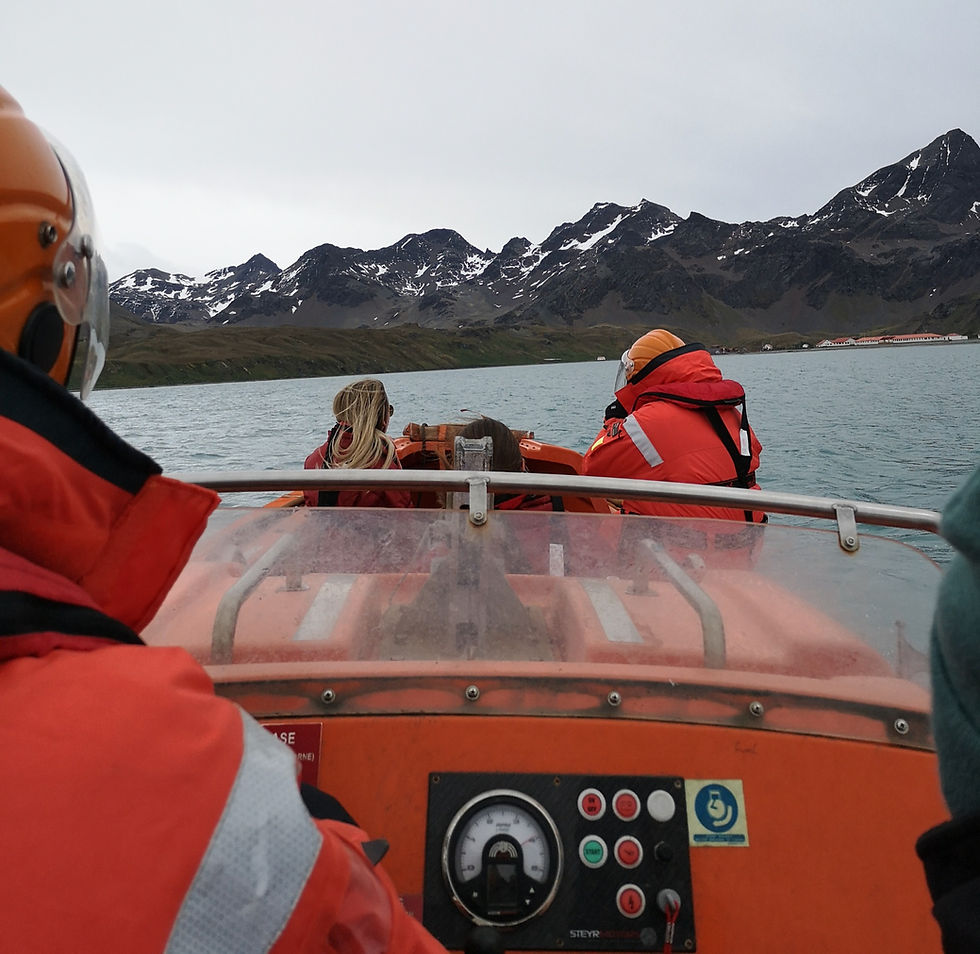
Dr. Rowlands Visits Ocean Diagnostics in Victoria, Canada
To evaluate the potential harm to ocean species, we must understand exposure levels. To do so, reliable methods are needed to identify microplastics in the water at various depths. This is especially challenging when microplastics are covered in organic matter or weathered and worn.
“When analysing ocean plastics, there are so many obstacles to overcome. It is really helpful to look at the different techniques,” notes Dr. Rowlands.
Through her PhD program, Dr. Rowlands had funding for training. After learning about microplastics expertise, technologies and analytical capabilities of Ocean Diagnostics, Dr. Rowlands decided to visit the Victoria office to collaborate on improving analysis and knowledge of microplastic pollution in deep polar waters of Antarctica.
Working together, Dr. Rowlands and the team at Ocean Diagnostics, led by Chief Scientist, Dr. Anna Posacka, enhanced Raman spectroscopy polymer identification methods.
“When I saw the work that Ocean Diagnostics was doing, I thought it was extremely novel and cutting edge, especially the vertical monitoring of microplastics through the water column. They were also using Raman spectroscopy, while we were using FTIR. I was interested to see how our techniques varied,” shares Dr. Rowlands.
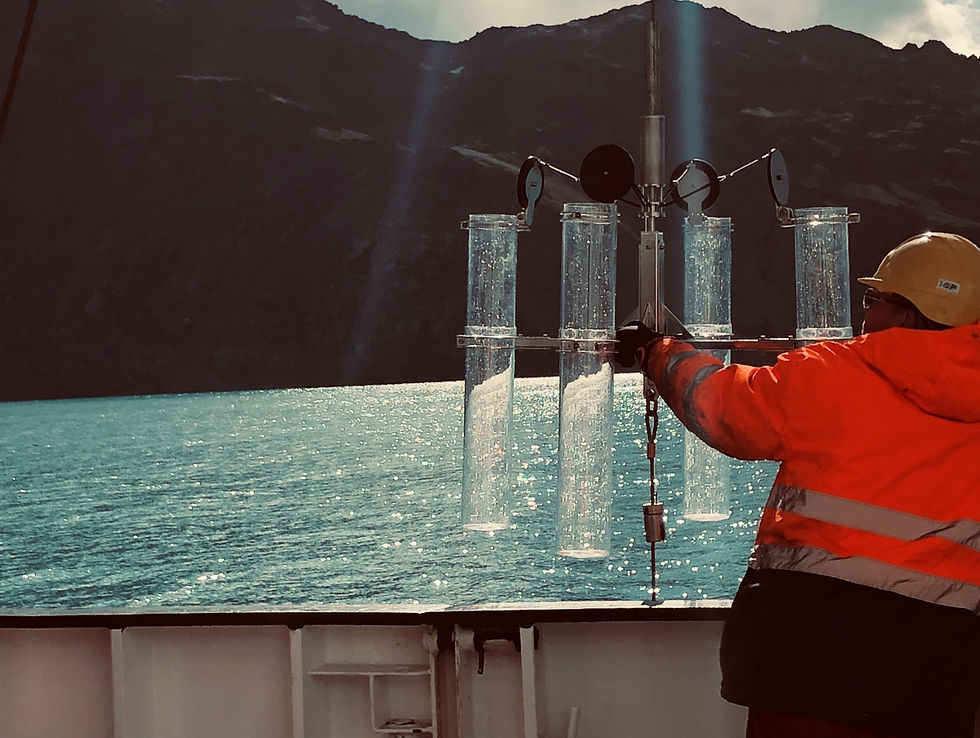
Microplastics from Antarctica Brought to Ocean Diagnostics for Analysis
Microplastics that Dr. Rowlands collected at different depths aboard the British Antarctic Survey research vessel in the Southern Ocean were brought to Ocean Diagnostics’ laboratory for analysis.
Plastics were analysed while Dr. Rowlands worked alongside the team in Victoria. The knowledge exchange was mutually beneficial as the team collaborated to enhance Raman spectroscopy techniques.
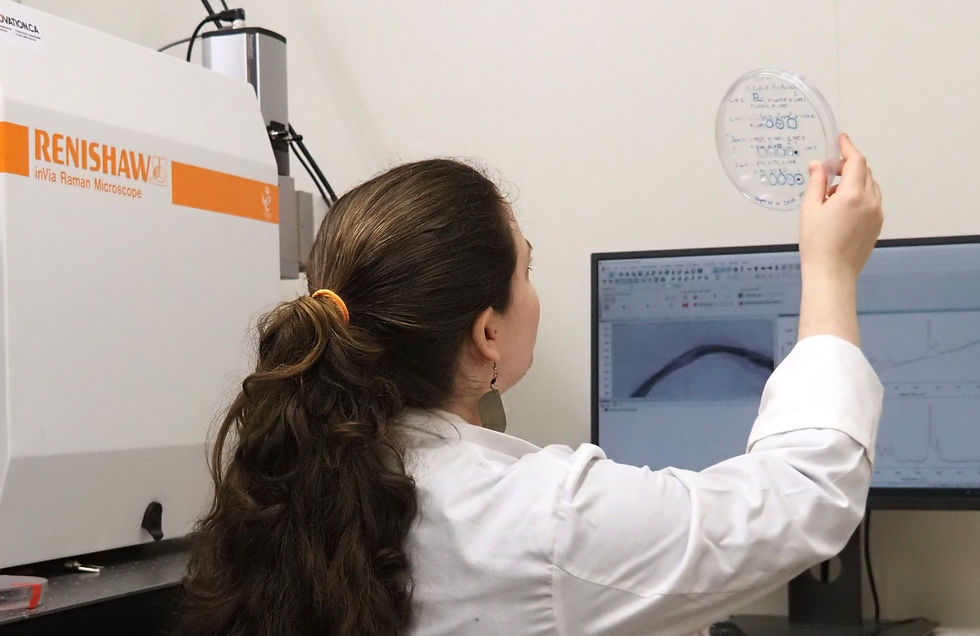
Collaboration among scientists is crucial: “Everything is linked”
Dr. Rowlands explains the need for more collaborative efforts, between and among scientists and policymakers, but also between scientists studying in different fields. “Everything is linked,” she says.
Moving into a post-doctoral position under the British Antarctic Survey CUPIDO project, Dr. Rowlands now looks at how zooplankton may impact the distribution of microplastics and how microplastics may impact carbon transport. Ocean Diagnostics is currently assessing samples the British Antarctic microplastics team, led by Dr. Clara Manno, collected from the Mediterranean.
The collaborations continue and Ocean Diagnostics is incredibly grateful for the shared knowledge and enthusiasm from Dr. Rowlands’ stay.
Ocean Diagnostics Inc. (ODI) is a Victoria, B.C.-based environmental impact company that diagnoses and protects our planet from the threats of plastic pollution and biodiversity loss. Through innovative technology, cutting-edge laboratory capabilities and collaborative partnerships, ODI enables scientists and the public to collect the data needed to influence local and global solutions.
